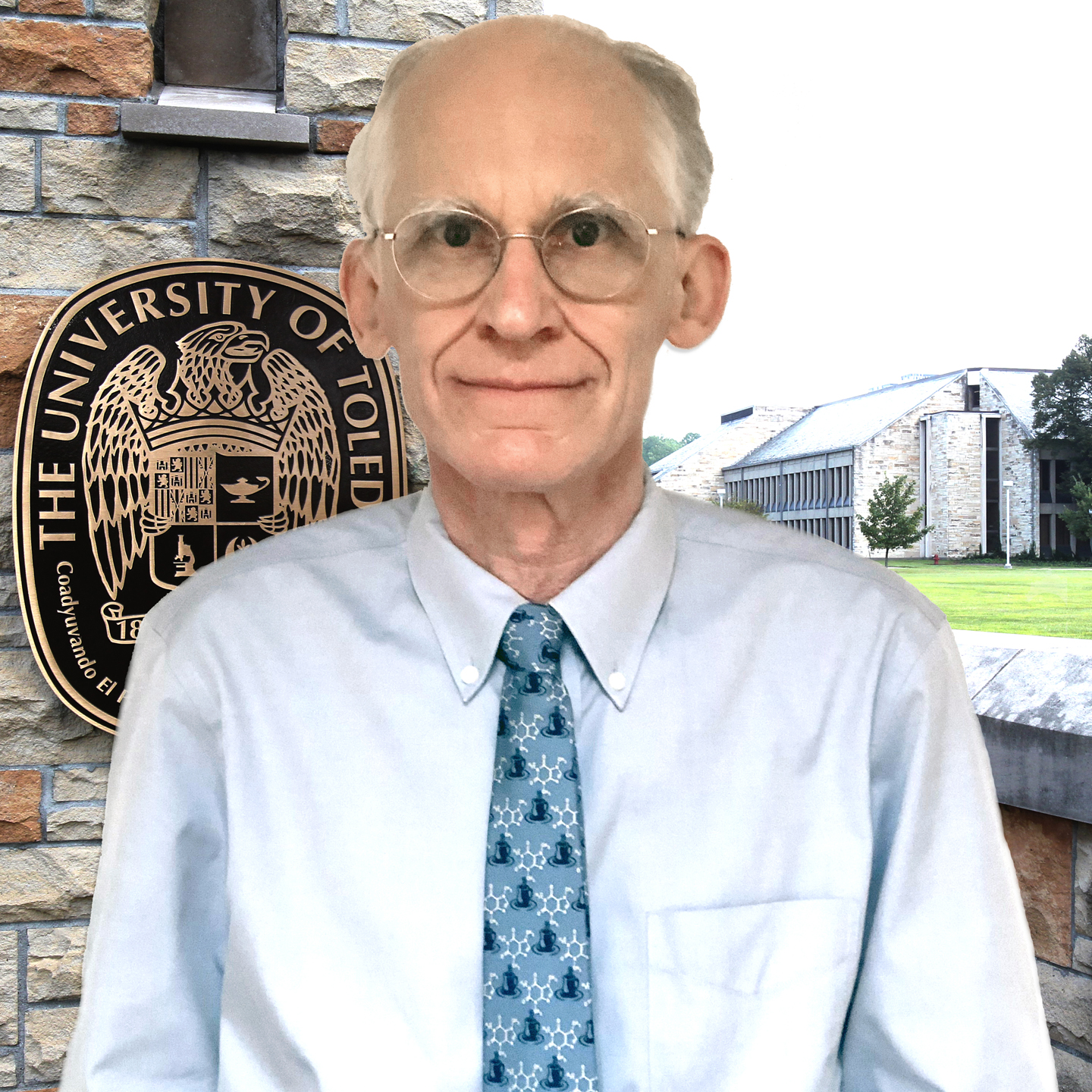Faculty Research: John Plenefisch
Associate Dean, College of Natural Sciences and Mathematics
Associate Professor, Department of Biological Sciences
Ph.D., Massachusetts Institute of Technology (M.I.T.), 1990
B.S., University of Connecticut
Office: WO 2246
Phone No: 419.530.7851 (CNSM)
Phone No: 419.530.2066 (DBS)
Email: john.plenefisch@utoledo.edu
Laboratory Information:
Lab: WO 3256
Phone No: 419-530-1547
Research
Every living organism has a characteristic form. In simple unicellular organisms such as bacteria or yeast this form is the same as the form of the cell. In multicellular organisms such as worms or ourselves this form emerges from the shape of individual cells and the geometry of their assembly into a mechanically coupled structure. The coupling of cells together depends on the formation of attachments between adjacent cells, or between cells and surrounding non-cellular matrices during development and also depends on the linkage of these attachments to stress resistant cytoskeltal networks. In my lab we study the formation and maintenance of cell attachments between the epidermis and surrounding tissues and in particular the contribution of intermediate filaments to this process. Normal locomotion in this simple invertebrate requires transmission of contractile force from the skeletal muscles to the exoskeleton (cuticle) via a series of cell-matrix and cell-cell attachments, mediated by intermediate filament connections in the epidermis.
In C. elegans, the cytoplasmic IF proteins IFA-2, IFA-3, IFB-1 and IFC-1 are expressed in the epidermis, where they contribute to the mechanical connections that transmit the force of skeletal muscle contraction to the cuticle. We have shown that IFA-2 is likely to directly interacts with hemidesmosome attachment structures, as do IFA-3 and IFB-1. We have also defined the specific domains of IFA-2 that interact with these structures, and are currently examining IFA-3 and IFC-1 to understand the developmental dynamics of their expression, and their specific roles in maintaining epidermal integrity and hemidesmosome structure.



